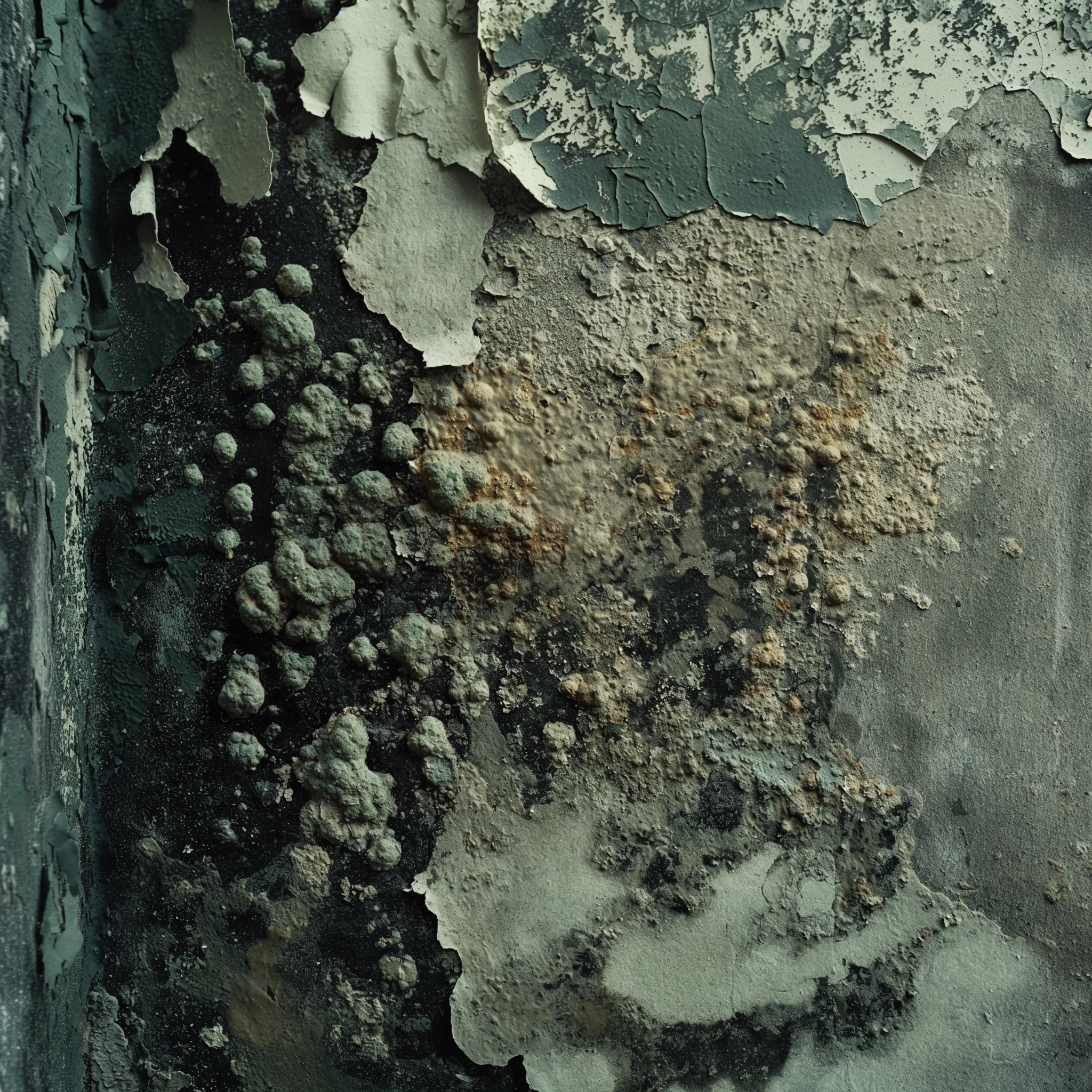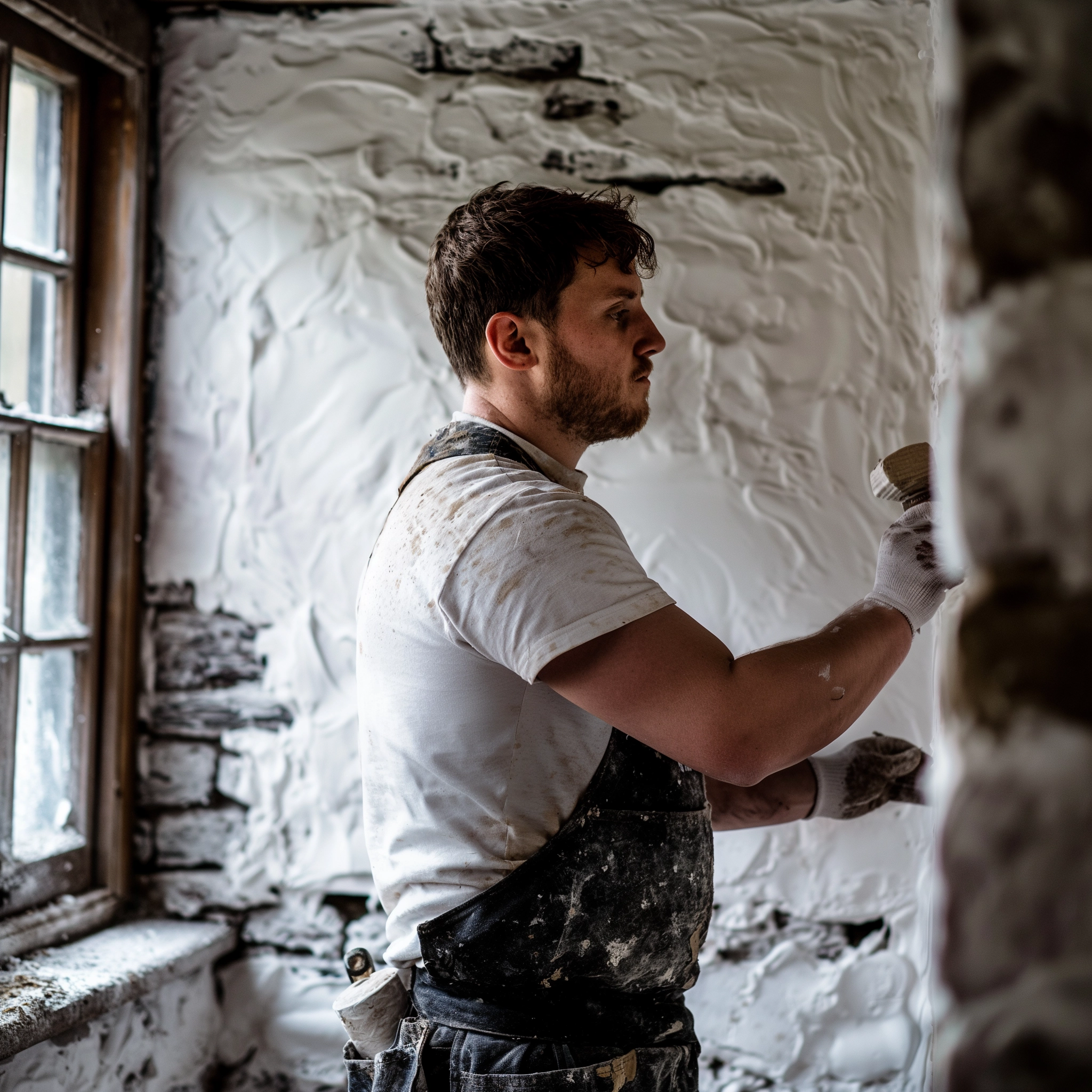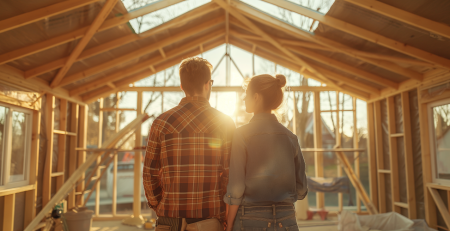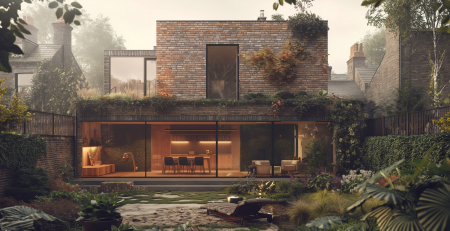Breathe Easy: Damp-Proof Your Space Today
In the bustling and ever-dynamic landscapes of London and across the broader expanses of England, the integrity and comfort of our living spaces are paramount. Yet, a silent adversary often compromises these sanctuaries: damp. Its prevalence, with a notable 3% incidence rate across England, coupled with significant ethnic disparities in damp incidence, underscores a pressing need for inclusive and targeted damp-proofing interventions.
This discourse aims to unravel the complexities of damp, its types, implications, and the comprehensive strategies necessary to mitigate its presence, thereby ensuring the health and durability of our living environments.
Damp Prevalence and Disparities
Damp does not discriminate by postcode, yet statistics reveal a troubling disparity in its incidence, with certain ethnic communities facing higher prevalence rates. This discrepancy not only highlights the societal and structural inequities at play but also underscores the urgent need for a more inclusive approach to damp-proofing. Acknowledging and addressing these disparities is not just a matter of improving living conditions; it’s a step towards rectifying broader social injustices.
As we delve deeper into understanding the nature and types of damp, our strategies must be rooted in equity, ensuring that every homeowner and occupant, regardless of their background, can breathe easy in a damp-proof space.
Understanding Damp Types
 To combat damp effectively, it is crucial to recognise its various manifestations: rising damp, penetrating damp, and condensation/mould. Rising damp occurs when groundwater moves up through walls, floors, and other porous building materials, a phenomenon particularly prevalent in older structures lacking modern damp-proof courses.
To combat damp effectively, it is crucial to recognise its various manifestations: rising damp, penetrating damp, and condensation/mould. Rising damp occurs when groundwater moves up through walls, floors, and other porous building materials, a phenomenon particularly prevalent in older structures lacking modern damp-proof courses.
Penetrating damp, on the other hand, results from water infiltrating through external walls or roofs, often exacerbated by structural flaws or deterioration. Lastly, condensation-driven mould growth, the most common form of damp, arises from excessive indoor humidity levels.
Each type demands a tailored approach to prevention and remediation, highlighting the importance of a nuanced understanding of damp dynamics. DailyCivil offers a comprehensive overview of dampness causes, sources, and prevention here.
Comprehensive Damp-Proofing Strategies
Moisture Control and Ventilation
At the heart of damp prevention lies the delicate balance of indoor humidity and air circulation. Effective moisture control strategies, such as the use of dehumidifiers and ensuring adequate natural ventilation, are fundamental in mitigating the risk of condensation and mould growth.
Enhancing air circulation not only assists in maintaining optimal humidity levels but also contributes to a healthier living environment by reducing indoor air pollutants. Leydon Lettings discusses methods for preventing damp, including causes and treatment, here.
Waterproofing and Insulation
The application of waterproof barriers and the strategic use of insulation are critical in minimising the risk of both rising and penetrating damp. By creating effective moisture barriers and minimising thermal bridges, we can significantly reduce the ingress of external moisture and the condensation potential within our homes.
This approach not only safeguards the structural integrity of buildings but also enhances energy efficiency, contributing to a more sustainable living environment. AboutCivil offers insights into methods to prevent dampness in buildings here.
Maintenance and Lifestyle Adjustments
Regular maintenance checks serve as a proactive measure in identifying potential damp issues before they escalate. Simple lifestyle adjustments, such as avoiding drying clothes indoors and maintaining consistent heating levels, can also play a significant role in minimising indoor moisture generation.
Together, these practices form a holistic approach to damp-proofing, emphasising the importance of both structural interventions and daily habits in maintaining a dry and healthy living space. CivilBlog provides an exploration of six methods to prevent dampness in a building here.
Technical Measures for Damp Prevention
 Damp-proofing Courses and Waterproofing Treatments
Damp-proofing Courses and Waterproofing Treatments
The installation of damp-proof courses (DPC) and the application of waterproof coatings are essential technical measures in combating rising damp. These interventions create a physical barrier against moisture, preventing its ascent through capillary action.
In addition to DPCs, the strategic application of waterproofing treatments to exterior walls and roofs can provide an effective shield against penetrating damp, further fortifying our homes against moisture intrusion. The Constructor discusses the prevention of dampness in buildings in detail here.
Efficient Drainage and Ventilation Optimisation
Ensuring proper drainage around buildings is crucial in preventing water accumulation, which can lead to penetrating damp and foundation issues. Similarly, the optimisation of ventilation systems, particularly in areas prone to high humidity levels, such as kitchens and bathrooms, is vital in reducing the risk of condensation and mould growth. These measures not only contribute to damp prevention but also enhance the overall air quality and comfort of our living spaces.
Professional Assessments
Given the complex nature of damp and its various sources, seeking professional assessments is paramount in accurately diagnosing and addressing underlying causes. Experts in building pathology and damp-proofing can provide invaluable insights and tailored solutions, ensuring that interventions are both effective and sustainable.
Engaging with professionals not only guarantees a higher success rate in damp remediation but also offers peace of mind to homeowners and occupants, knowing their spaces are safeguarded by expert knowledge.
“As a professional damp surveyor, I cannot stress enough the importance of comprehensive assessments in accurately diagnosing damp issues. Each building presents unique challenges, and without a thorough evaluation, treatments may not only be ineffective but could also exacerbate the problem. Our expertise allows us to identify the root causes of damp—be it rising damp, condensation, or penetrating damp—and tailor a solution that not only addresses the symptoms but also prevents recurrence. Engaging a professional early on is a prudent investment in the longevity and health of your property.” Phil Donno – London Damp Treatments.
Material and Design Considerations
The choice of building materials and design principles plays a crucial role in damp prevention. Selecting moisture-resistant materials for construction and renovation projects can significantly reduce the vulnerability of buildings to damp.
Additionally, designing structures with climate adaptation in mind, such as incorporating sloped surfaces for effective water runoff and using porous bricks that resist moisture absorption, can provide long-term benefits in damp management. These considerations are not merely technicalities; they are essential components of a sustainable and resilient approach to building and maintaining our living environments.
Environmental and Health Implications
The implications of damp extend beyond the structural integrity of buildings, posing significant environmental and health risks. Damp environments can foster the growth of mould and mildew, contributing to poor indoor air quality and respiratory problems among occupants.
By implementing effective damp-proofing measures, we not only protect our homes but also safeguard our health, emphasising the intrinsic link between our living environments and our well-being. Environmental control strategies, such as dehumidification and efficient ventilation systems, are key in creating healthy, breathable spaces free from the detrimental effects of damp.
Final Thoughts
In conclusion, damp-proofing our spaces is not a luxury but a necessity. Through a comprehensive understanding of damp types, targeted prevention strategies, and a commitment to equity and sustainability, we can ensure that our homes remain safe, healthy, and comfortable havens.
The journey to damp-proof our spaces is a collective one, requiring the engagement of homeowners, building professionals, and policymakers alike. Together, we can turn the tide against damp, ensuring every space is a dry, breathable environment conducive to well-being and longevity.






